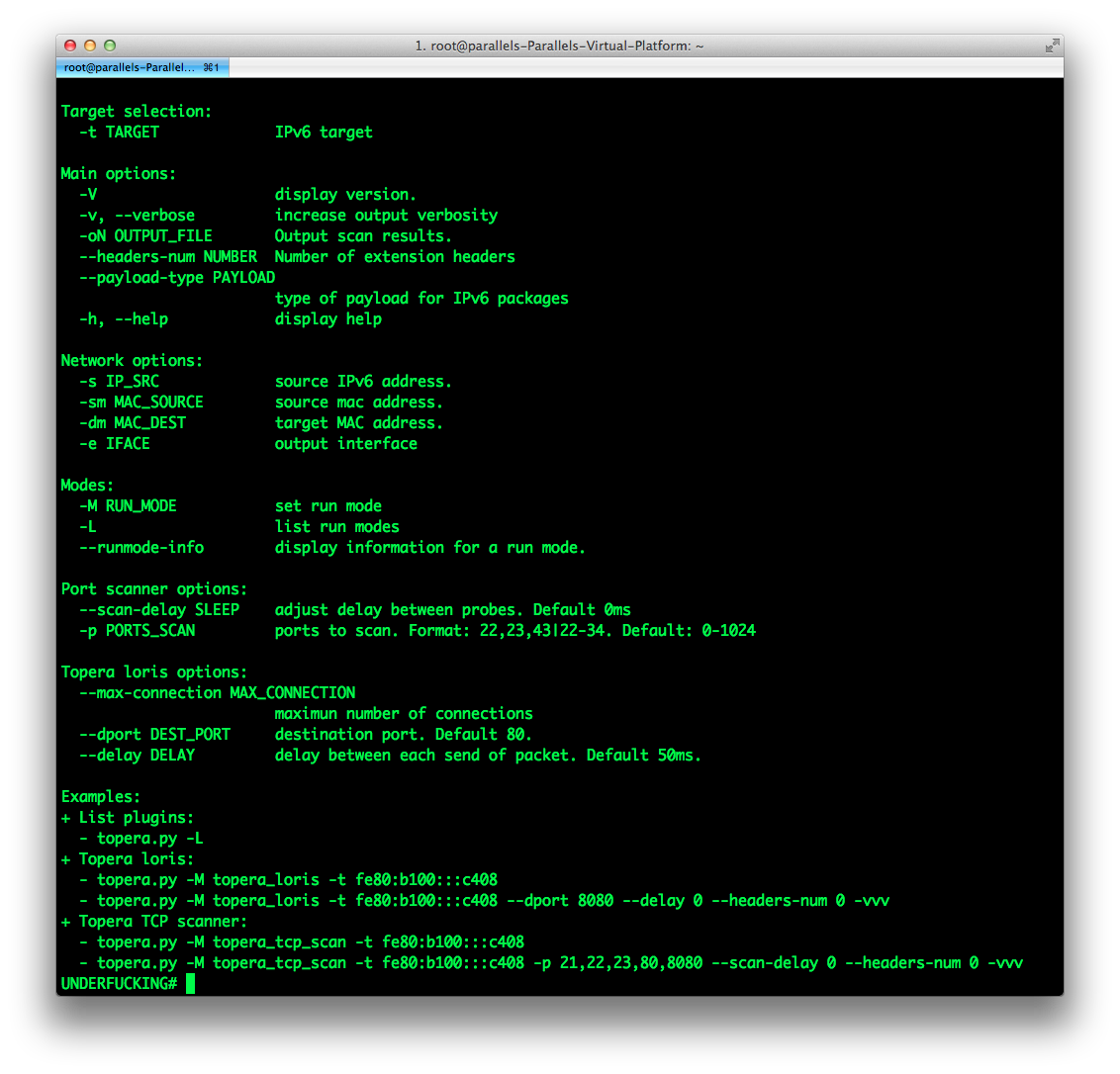From: "F. Duchene"
Date: Sun, 30 Jun 2013 10:32:20 +0200--------------------------------------------------------------------------------
If you have security research to submit, please note that the CFP Submission deadline for GreHack'13 has been EXTENDED to *JULY 16*.
---------------------------
*GreHack 2013* — Call For Papers - EXTENDED SUBMISSION DEADLINE: JULY 16 Event: November 15, Grenoble, France
http://grehack.org — Twitter: @grehack
---------------------------
*Topics*
The 2nd International Symposium on Grey-Hat Hacking — aka GreHack 2013
— will gather researchers and practitioners from academia, industry, and government to discuss new advances in computer and information security research.
All topics related to vulnerability discovery are within scope. In addition, topics of interest also include but are not limited to:
- Reverse Engineering and Obfuscation
- Vulnerability Discovery, Analysis and Exploit Automation
- Embedded Systems Security, including Smartphone Security
- Hardware Vulnerabilities
- Malware Creation, Analysis and Prevention
- Web Application Security
- Network Exfiltration
- Intrusion Detection and Prevention
- Security and Privacy in Cloud, P2P Networks
- Penetration Testing
- Disclosure and Ethics
- Digital Forensics
- Applied Cryptography and Cryptanalysis
We encourage original and groundbreaking submissions, demonstrations, release of a new open source/non-commercial tool, and interaction with the audience.
Each submission will be reviewed by at least three members of the Program Committee.
---------------------------
*Important Dates*
- *SUBMISSION DEADLINE*: JULY 16, 2013 11PM59 HONOLULU, HAWAII TIME *EXTENDED*
- Reviews due: August 25, 2013 11pm59 Honolulu, Hawaii Time
- Decision notification: September 4, 2013
- Final paper camera-ready: September 30, 2013 11pm59 Honolulu, Hawaii Time
- Symposium: November 15, 2013
---------------------------
*Submissions Types*
GreHack 2013 will consider following types of submissions:
*Full research papers* presenting mature and novel research results. Their total length should range from 10 to 16 pages.
*Short Papers/Extended Abstracts* describing novel ideas of potential interest to the security research community. Their total length should range from 4 to 8 pages. Papers accepted by the Program Committee will be presented at GreHack 2013. Each paper must include an abstract and a list of keywords, be formatted in a single-column format, use at least 11-point fonts, and have reasonable margins. Templates are available on the website (Latex and Word). Total length includes the bibliography and any appendices.
GreHack does not require anonymized submissions, thus authors and affiliations must be mentioned. For accepted papers, at least one of the authors must attend the conference and present the paper. Papers must neither have been previously accepted for publication nor submitted in another conference or journal with formal proceedings. Industry conferences such as BlackHat do not have formal proceedings. Further questions on the submission process may be sent to the program
chairs at pc-chairs-2013 () grehack org
---------------------------
* Best Paper Award*
The Program Committee members will select the best paper to be announced and awarded at the last session of the symposium.
---------------------------
*Publishing: Springer JCVHT*
The best papers will be selected from submissions, carefully reviewed, and published in the prestigious Springer Journal in Computer Virology and Hacking Techniques (JCVHT).
JCVHT is an open journal: the access to the papers is free of charges for the reader.
http://www.springer.com/computer/journal/11416 http://academic.research.microsoft.com/Journal/890/journal-in-computer-virology---------------------------
*Program Committee*
- Dan Alloun (Intel, Israel)
- Ruo Ando (NICT, Japan)
- Jean-Philippe Aumasson (Kudelski Security, Switzerland)
- Sofia Bekrar (VUPEN Security, France)
- Elie Bursztein (Google, US)
- Fabrice Desclaux aka Serpilliere (France)
- Adam Doupe (UCSB, US)
- Fabien Duchene (LIG, France)
- Chris Eng (Veracode, US)
- Peter Van Eeckhoutte aka corelanc0d3r (Corelan, Belgium)
- Manuel Egele (CMU, US)
- Philippe Elbaz-Vincent (UJF, France)
- Eric Filiol (ESIEA, France)
- The Grugq (Thailand)
- Mario Heiderich (Ruhr University Bochum, Germany)
- Pascal Lafourcade (VERIMAG, France)
- Cedric Lauradoux (INRIA, France)
- Pascal Malterre (CEA-DAM, France)
- Laurent Mounier (VERIMAG, France)
- Stefano Di Paola (Minded Security, Italia)
- Marie-Laure Potet (VERIMAG, France)
- Paul Rascagneres aka r00tBSD (Malware.Lu, Luxembourg)
- Sanjay Rawat (India)
- Raphael Rigo (ANSSI, France)
- Nicolas Ruff (EADS Innovation Works, France)
- Steven Seeley aka Mr_Me (Immunity, US)
- Fermin J. Serna (Google, US)
- Nikita Tarakanov (Russia)
---------------------------
*Accepted Author Benefits* (1 author per accepted paper)
- One free entry to the conference
- Limited financial participation to author expenses (accommodation and travel). Priority for travel grants will be given to students.
---------------------------
*Submission Guidelines*
Submissions will be handled via EasyChair at:
https://www.easychair.org/conferences/?conf=grehack2013In the unlikely case that the submission website would be unavailable, you can email your submission to: pc-chairs-2013 () grehack org
---------------------------
*GreHack 2013* — Call For Papers - EXTENDED SUBMISSION DEADLINE: JULY 16 Event: November 15, Grenoble, France
http://grehack.org — Twitter: @grehack
------------------------------------------------------------------------
This list is sponsored by: Information Assurance Certification Review Board Prove to peers and potential employers without a doubt that you can actually do a proper penetration test. IACRB CPT and CEPT certs require a full practical examination in order to become certified.
http://www.iacertification.org------------------------------------------------------------------------









































